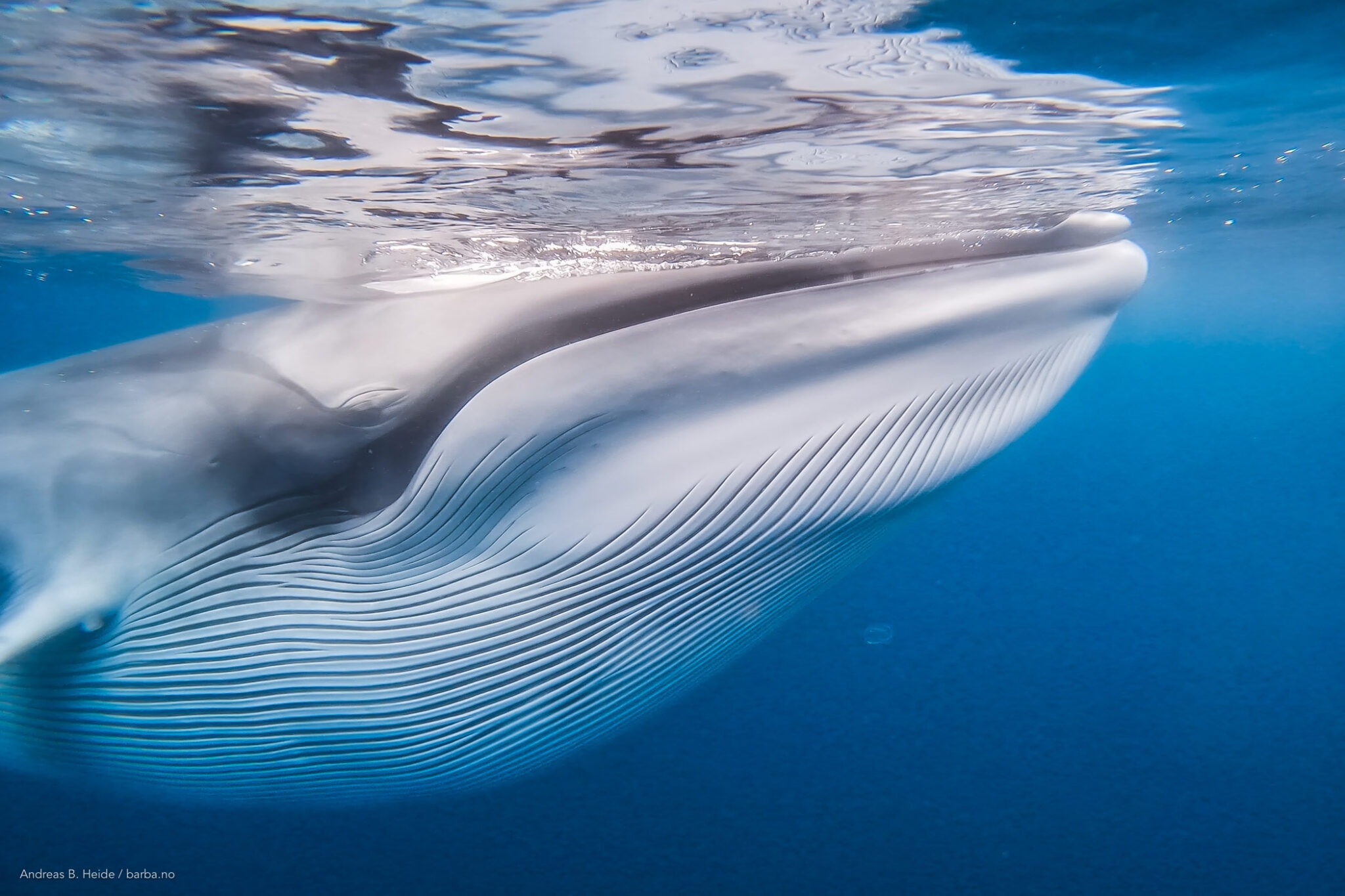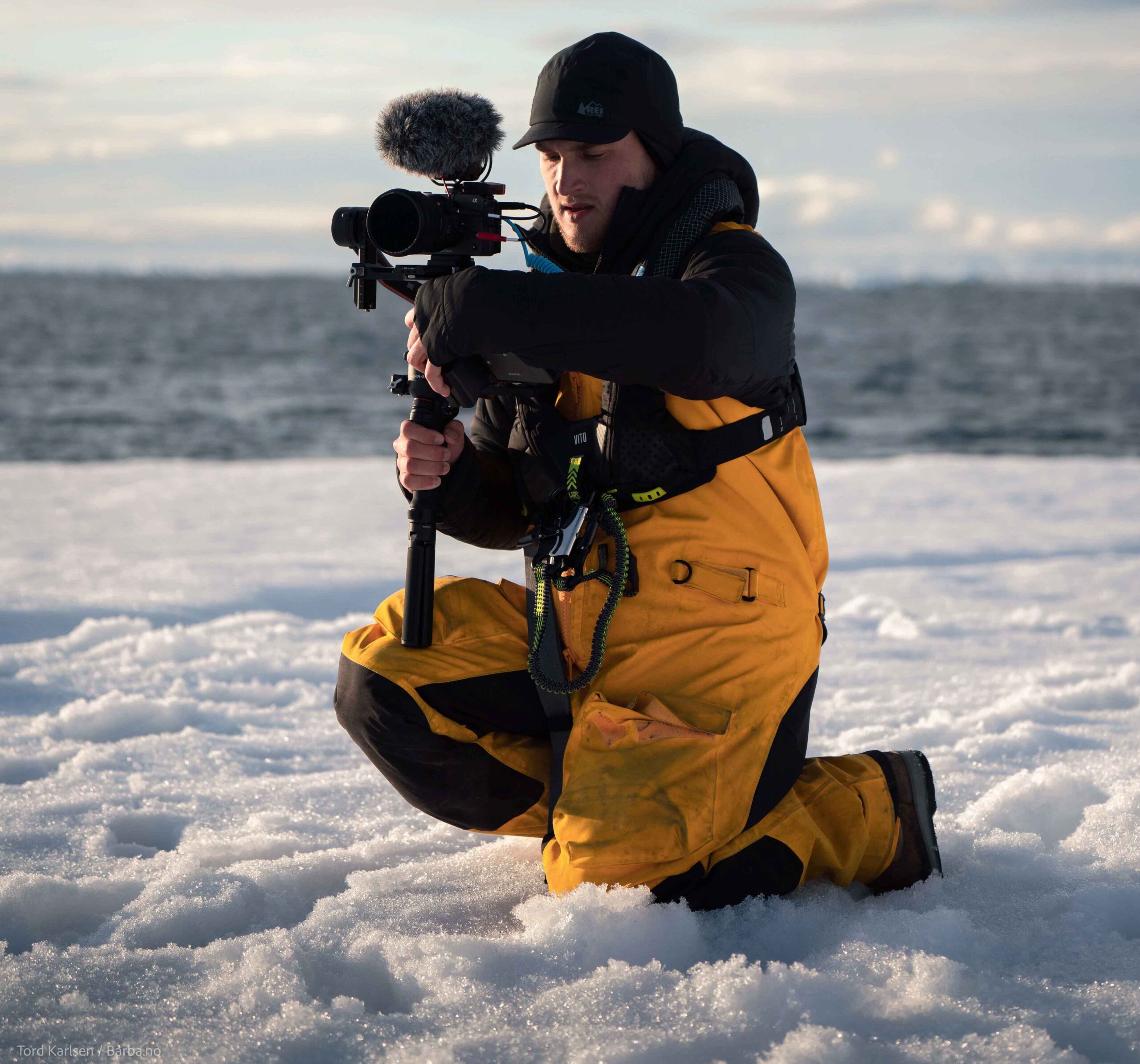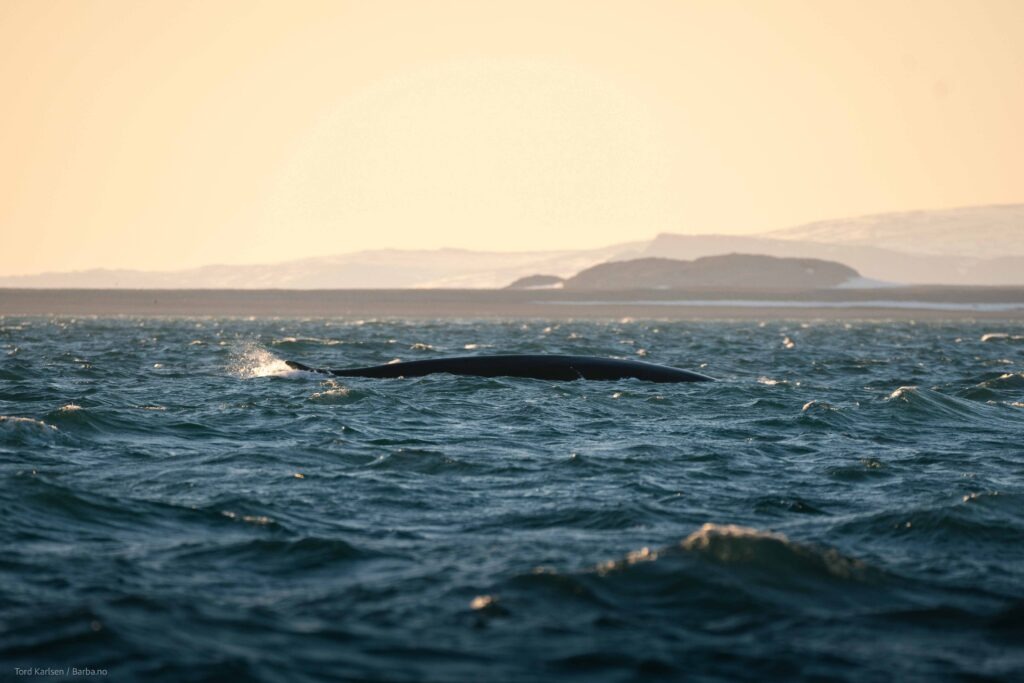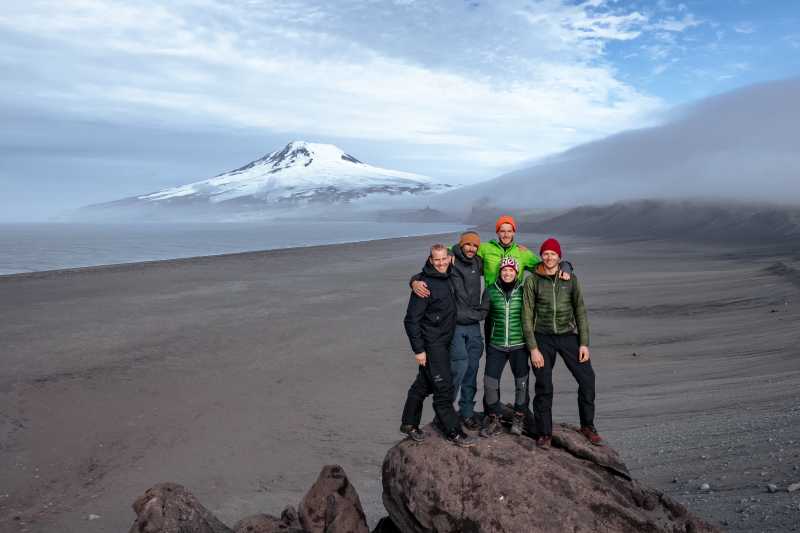It has been two weeks since we sailed south from Svalbard, following a successful circumnavigation. Upon our return to Longyearbyen (the Svalbard capital), we had some hectic days in port. Barba had to be prepared for an extensive ocean crossing, markedly different from the close to shore navigation in Svalbard.
In addition, the entire crew was to be changed, except myself, Andreas, the primary Barba caretaker. Giulia Ercoletti had been onboard since we sailed from Stavanger June 1st, two and a half months earlier. Tord Karlsen, stayed with us for over two months. Whilst Mark Romanov, Arzucan Askin and Ylva Carlsson were onboard for the three week circumnavigation.
A substantial amount of data was collected, Mark Romanov and Tord Karlsen secured 32 terra-bytes (32,000 gigabytes) of footage which in part is destined used in a nature conservation documentary that we have worked on for some years now. In addition, we got the necessary 360 footage to suit the requirements of the Nordplus educational program. The biggest part of the job still remains with science communication based on our findings up North.
Photo by Tord Karlsen. Mark Romanov filming on the sea ice.
On behalf of the Barba team, a big thank you to the departing crew for an exceptional performance under challenging conditions. It was sad to see them leave, but they will be summoned back when time comes for new undertakings.
The selected quote from the guestbook puts it all into perspective.
“It feels strange to write in the guestbook in what now feels like a home.” -Tord Karlsen
The baton was passed over from the departing crew to the new arrivals during a night out in Longyearbyen. The new crew consists of Hugh Francis Anderson, co-expedition lead for the Jan Mayen chapter of the Arctic Sense expedition, Jaap Van Rijckevorsel, professional sailor and long time Barbarian from the Netherlands, Annik Saxegaard Falch, proficient sailor and finally photographer and filmmaker Hugo Pettit.
They were all highly motivated to set sail, and the new comers, Annik and Hugo, were especially intrigued to see if rumors were true; Barba’s 6th sense for spectacular whale encounters. Eight hours after departure, we encountered a group of 10 fin whales (the world’s second largest whale). Then about 10 more, and before Svalbard disappeared in our wake, our estimate is that we saw about 50 in total.
Photo by Tord Karlsen. Fin whale breaking through the surface.
But as I always say, better with one friendly whale than 10 shy ones. In the haze of fin whale blows, I picked out a lone individual with a behaviour indicating that it was worth having a go with the wetsuit. Hugo being a highly skilled swimmer and surf photographer joined in for the swim. We spent over an hour in the water with initially one, then two fin whales and a pod of dolphins feeding on a school of fish. The second largest animal on the planet was in touching range on numerous occasions, and a dream I did not know I had, came true. Swimming with fin whales and dolphins under good visibility conditions in Arctic waters.
The encounter was thoroughly documented on camera. I do believe we have recordings of a new to science bubble feeding technique, but this will need be verified by our dear friends from Whale Wise.
The subsequent transit to Jan Mayen unfolded without too much drama. We used the PAMGuard system with the towed-hydrophone array for about half of the time (whale listening device), and we arrived in Jan Mayen after about 4 and half days at sea. With incoming southerly winds, we anchored in calm waters at the foot of the 2,277 meter tall volcano Beerenberg.
Beerenberg was to be our cruel mistress during our 8 days stay, we did not just realize how much so the first night. While planning for the 4 month Arctic Sense expedition, I knew from past experience that anchoring at the island could be a challenge. There is no harbour at the island, and not all wind directions are covered as far as anchorages goes. The following night we anchored in 40 knots of wind. The boat’s systems and anchors coped well. This includes an anchor sail, and something called a flopper stopper, a device that dramatically reduces rolling whilst at anchor. It was only on day 3 that we were able to literally wash ashore on Jan Mayen, in Kvalrossbukta, one of the only two legal landing sites on the island. Hugh, Hugo and myself paddled ashore in swell donning drysuits. Hugo used his surfing skills to find the best landing site. We landed, wet but pleased, to set foot on land after 7 days at sea. Jaap and Annik followed shortly thereafter.
Photo by Hugo Pettit. Hugo, Jaap, Annik, Hugh and Andreas at Jan Mayen with the 2277 meter tall volcano Beerenberg in the background. Sent from the field.
For the coming night, the weather forecast indicated the worst possible wind direction, SW and we chose a new anchorage, and then another one to wait for the winds to come down. The final stand was to take place in Nordbukta. The forecast indicated 25 knots. At 30 knots, we were rather ok, enjoying a freshly caught cod. During the night, the wind picked up again, and peaked at 57 knots in the gusts. At this point we were seeing strong wind waves, with massive rolling and tensions high. The anchor line was tight as a piano string, and some of us were sleeping partially dressed, ready to get out if needed. We had one person on watch at all times, watching the chart plotter, also known as anchor TV. Anchor TV is one of the most exciting past times onboard. If you see that the boat starts to drift, you have to sound the alarm. Failing to do so on this occasion would have resulted in Barba on the rocks in this situation. Never ideal, and especially so when you are at Jan Mayen, outside helicopter range with help days away.
We made it through the night, and the next day, as the winds came down, we were finally able to move to Båtvika, where our next task awaited; the recreation of the centenary Beerenberg climb led by Sir. James Man Wordie, this time to be recreated by our own British explorer, Mr (and presumably one day Sir) Hugh Francis Anderson.
As I write this the five of us are sailing south. The plan is still Faroe Islands, but the forecast is all but favourable, so let’s see where the weather goods sends us. We are all well, except from Hugh, Hugo and I who struggle with putting on the sailing boots due to swollen feet from a strenuous mountain climb. More on this in the next blog post.
Photo by Hugo Pettit. Barba at Jan Mayen with Beerenberg in the background. Sent from the field.
Andreas
Featured image by Andreas B. Heide. Sent from the field.





